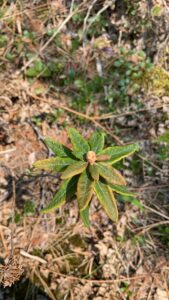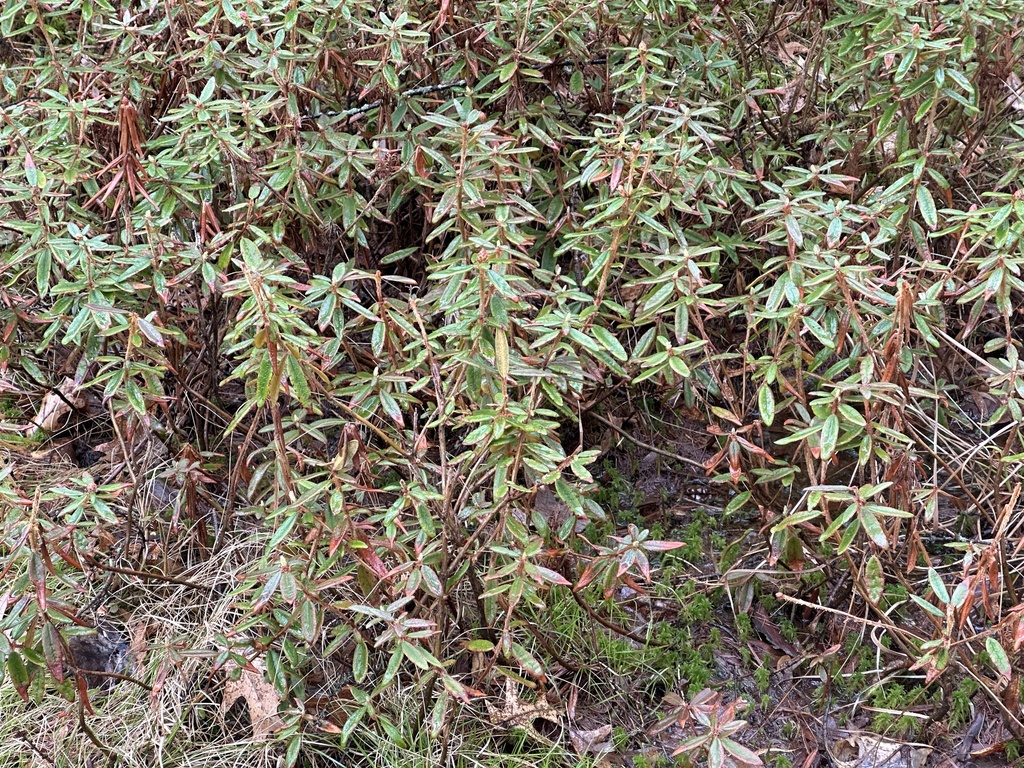Here’s the Tea

By Kate Carnahan, Outdoor Recreation Specialist Individual Placement / AmeriCorps Member placed at Minnesota Department of Natural Resources, Division of Parks and Trails

One of the most significant plants used by colonizers coming to North America was Labrador Tea due to its ability to be brewed into a beverage to treat scurvy. Often when traveling across the Atlantic, colonizers would have limited access to fresh fruit and vegetables causing a severe deficiency in vitamin C, resulting in weakness, fatigue, soreness, gum diseases, easy bleeding, severe jaundice, and other symptoms of scurvy. The versatile Labrador Tea was used by indigenous groups to help the European settlers and their own native communities for hundreds of years. In 1795, the British Royal Navy instituted a mandatory ration of citrus fruits for sailors. The beverage was also very popular during the American Revolution. We celebrated National Scurvy Awareness Day on May 2nd, so let’s delve into the uses of this multipurpose plant.
Named after the large Canadian peninsula near Hudson Bay where it is abundant, Labrador Tea (Rhododendron groenlandicum) can be found in cold, boggy areas in the northern half of Minnesota (Burton & Stampp, 2005). It can primarily be identified as a low evergreen shrub with oval, leathery leaves that have a tan to orange fuzzy underside. Their white flowers are clustered and in bloom from May to June. The leathery upper surface of the leaf conserves moisture, while the fuzzy underside acts as a shield against predators and unfavorable conditions. Due to these characteristics, the species has been able to survive in ever-changing climates. Traditionally, the plant has been made into a beverage through its leaves and/or used in medicine, but can be toxic if improperly prepared.

Labrador Tea has a long history with the indigenous populations in North America (the Algonquin, Potawatomi, and Ojibwe) due to its ability to treat several ailments. When used correctly, it can be administered as an anti-inflammatory, digestive aid, immune system booster, and relaxation aid. As previously mentioned, due to its high vitamin C content, Labrador Tea was long used to prevent or treat scurvy. The leaves are also useful for protecting against moths in closets (Burton & Stampp, 2005).
Before foraging, be sure to check with your preferred park system’s foraging rules and regulations to verify what you’re allowed to take home with you. If you plan on foraging for leaves and creating your own drink, follow the instructions correctly and cautiously to avoid accidental poisoning.
To make tea, do NOT boil the leaves as this releases harmful compounds into your drink; instead steep the leaves. If you are able to legally forage for leaves, feel free to follow the recipe below from Food First NL (Labrador Tea: An abundant local edible wild plant — Food First NL):
Iced Blueberry Labrador Tea
- 8 cups of brewed Labrador tea
- 2 cups blueberries (fresh or thawed)
- 1/4 cup packed brown sugar
- 1 cup water
- 1 tablespoon lemon juice
In a large saucepan, bring blueberries and water to boil. Reduce heat and simmer, stirring often, until blueberries break down, about 5 minutes. Add blueberries to the brewed Labrador tea. Add brown sugar to the blueberry tea mixture; stir and then let cool to room temperature, about 30 minutes. Refrigerate until cold, about 2 hours. Strain mixture through a cheesecloth-lined sieve into a pitcher. Stir in lemon juice. Serve over ice cubes.
